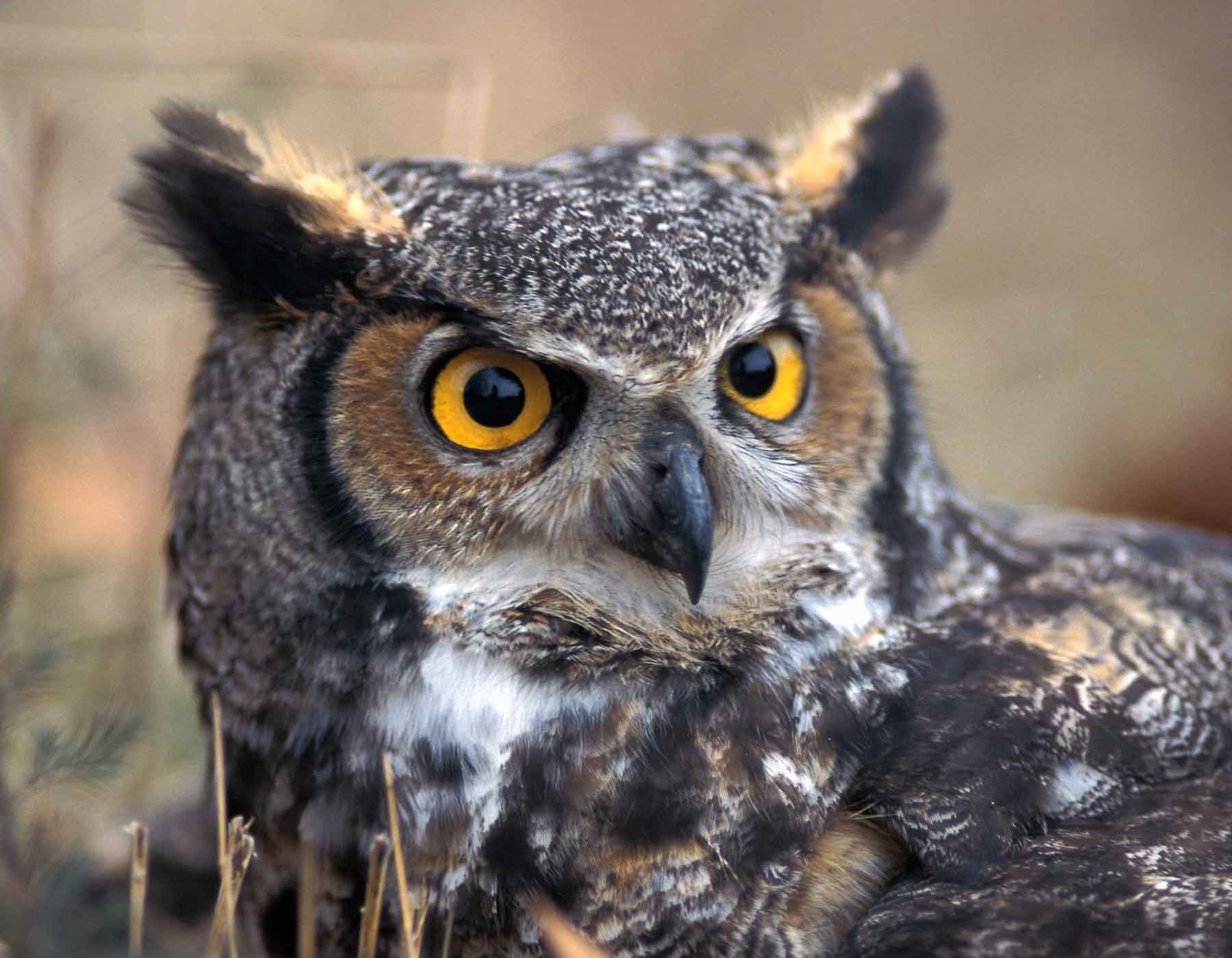
Owls are fascinating creatures that have captured the imagination of humans for centuries. With their striking appearance and mysterious nature, they have become symbols of wisdom, insight, and intuition. These nocturnal birds of prey are known for their exceptional hunting skills, silent flight, and incredible adaptations. In this article, we will uncover 13 intriguing facts about owls that will leave you in awe of these majestic creatures. From their unique anatomy to their exceptional hunting techniques, we will delve into the world of owls and explore what makes them such remarkable animals. So, get ready to spread your wings and soar into the world of owls!
Key Takeaways:
- Owls are fascinating creatures with exceptional hunting abilities, including silent flight, night vision, and incredible hearing. They come in various sizes and have been revered in many cultures as symbols of wisdom.
- Owls have unique features such as the ability to rotate their heads almost 270 degrees, specialized feathers for silent flight, and the fascinating behavior of regurgitating undigested bones and fur. They are truly captivating creatures with a rich history in myths and legends.
Owls are silent hunters.
Owls possess specialized feathers that allow them to fly without making any noise. This enables them to surprise their prey and hunt with precision.
Owls have exceptional night vision.
Their large, forward-facing eyes are adapted to low-light conditions, giving them the ability to see clearly in the darkness.
Owls can rotate their heads up to 270 degrees.
Due to their flexible neck joints, owls can turn their heads to almost a full circle, providing them with a wide field of vision.
Owls have incredible hearing.
Their ears are asymmetrical, with one placed higher than the other. This allows them to pinpoint the exact location of sounds and detect prey even in complete darkness.
Owls are found on every continent except Antarctica.
These fascinating creatures have adapted to various habitats, from forests and deserts to grasslands and tundras.
Owls come in a variety of sizes.
From the tiny elf owl, which is around 5 inches tall, to the great gray owl, which can reach a height of 2 feet, owls exhibit a range of sizes.
Owls have specialized feathers for silent flight.
These feathers have serrated edges which break up airflow and reduce noise, allowing owls to swoop down without startling their prey.
Not all owls hoot.
While the iconic “hoot” sound is associated with owls, not all species produce this sound. Some owls make screeches, hisses, or even barks.
Owls are nocturnal.
They are primarily active at night, using their exceptional night vision and hearing to hunt for food.
Owls are symbols of wisdom in many cultures.
Throughout history, owls have been associated with knowledge, intelligence, and foresight.
Owls can swivel their heads without moving their bodies.
Due to the structure of their neck bones and blood vessels, owls can rotate their heads almost all the way around without experiencing any adverse effects.
Owls regurgitate undigested bones and fur.
This behavior is known as “pelleting,” and it helps owls remove indigestible parts of their prey after consuming them.
Owls have been featured in numerous myths and legends.
From ancient Greek mythology to Native American folklore, owls have been revered and feared, often symbolizing death, magic, or protection.
Conclusion
Owls are truly fascinating creatures, and learning about them can be both educational and entertaining. From their exceptional hunting skills to their unique adaptations, owls have captivated humans for centuries. With their silent flight, remarkable eyesight, and distinct hooting calls, these nocturnal birds are a true wonder of the animal kingdom.Understanding these 13 facts about owls gives us insight into their behavior, habitat, and remarkable abilities. Whether it’s their ability to rotate their heads almost 270 degrees or their impeccable camouflage skills, owls never cease to amaze us. Exploring their diverse species and learning about their crucial role in maintaining ecosystems further emphasizes the importance of protecting these magnificent creatures.So the next time you hear the haunting call of an owl or catch a glimpse of its graceful flight, take a moment to appreciate the marvels of nature and the wonders that owls bring to our world.
FAQs
1. What is the average lifespan of an owl?
The lifespan of an owl varies depending on the species. On average, owls can live between 10 to 25 years in the wild.
2. Do all owls hoot?
No, not all owls hoot. While hooting is a common vocalization among many owl species, some owls make other sounds such as screeches, whistles, or hisses.
3. How far can an owl rotate its head?
Owls have an extraordinary ability to rotate their heads up to 270 degrees. This exceptional flexibility allows them to scan their surroundings without moving their bodies.
4. Are owls nocturnal?
Yes, owls are primarily nocturnal animals, meaning they are most active during the nighttime. Their exceptional vision and hearing help them navigate and hunt effectively in the dark.
5. How many species of owls are there?
There are approximately 200 different species of owls found worldwide. They belong to the order Strigiformes and are divided into two families: Tytonidae (barn owls) and Strigidae (typical owls).
6. What do owls eat?
Owls are carnivorous and primarily feed on small mammals, such as mice, rats, voles, and rabbits. However, their diet may also include birds, reptiles, amphibians, and even large insects.
Owls are truly remarkable creatures, captivating humans for centuries with their enigmatic presence and incredible adaptations. If you're curious to learn more about these nocturnal birds of prey, consider exploring the different types of owls you might encounter in the wild. For a whimsical twist, dive into the fascinating world of Owl Winnie The Pooh and uncover some delightful facts about this beloved character. Lastly, don't miss the chance to discover the stunning beauty and intriguing characteristics of owl butterflies, which showcase nature's incredible diversity.
Was this page helpful?
Our commitment to delivering trustworthy and engaging content is at the heart of what we do. Each fact on our site is contributed by real users like you, bringing a wealth of diverse insights and information. To ensure the highest standards of accuracy and reliability, our dedicated editors meticulously review each submission. This process guarantees that the facts we share are not only fascinating but also credible. Trust in our commitment to quality and authenticity as you explore and learn with us.


